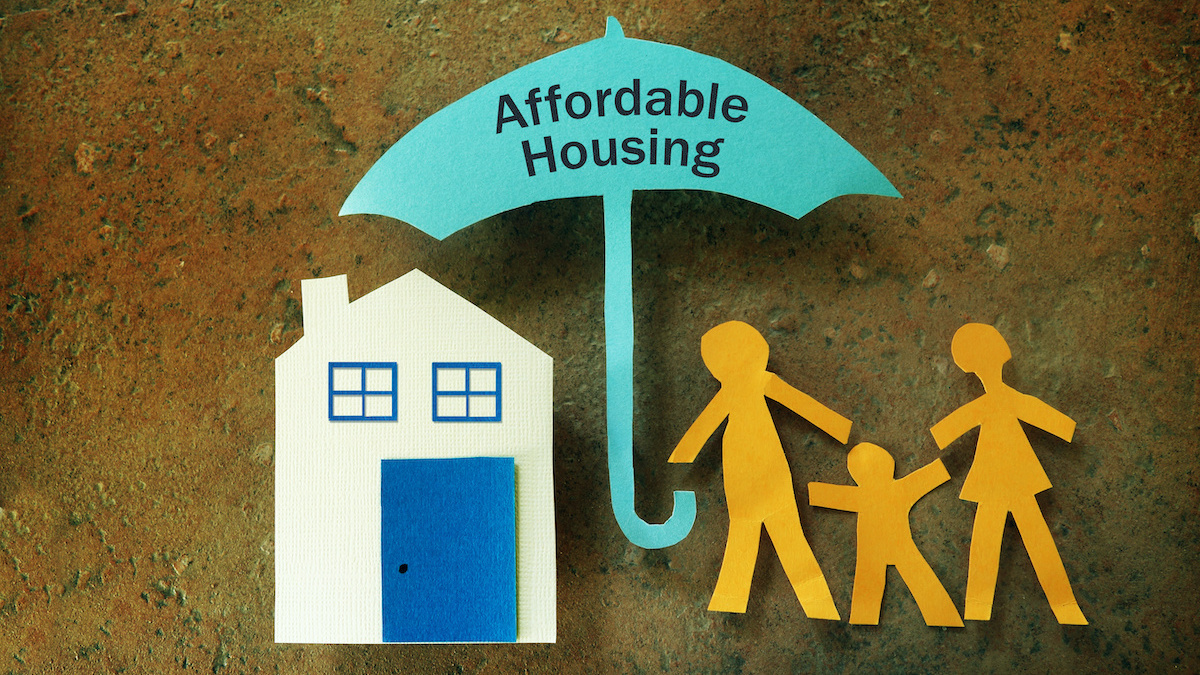(THE CENTER SQUARE) – Affordable housing is available to less than half of the households in Ohio that need it, and the gap is growing, according to a report released Thursday morning.
Gov. Mike DeWine’s proposed budget contains several provisions that address affordable housing, including raising the spending level of the Ohio Housing Trust Fund, encouraging communities to change zoning laws and creating the state affordable housing tax credit.
“The only way out of this mess is to increase the supply of rental homes that are affordable to Ohio’s low-wage workforce. That is why we are happy to see Gov. DeWine propose investments in affordable housing,” Amy Riegel, executive director of the Coalition on Homelessness and Housing in Ohio, testified Thursday.
The Gap report, released jointly by an Ohio coalition and the National Low Income Housing Coalition, showed the state has a 270,000 deficit of rental units that are available to the 448,000 extremely low-income households in the state.
The annual study also showed Ohio’s housing gap grew 6% from 2021 to 2022.
Economic impacts from the COVID-19 pandemic and rent increases have lowered availability throughout the state, according to the report.
“Last year, Ohio had the opportunity to invest hundreds of millions of federal dollars from the American Rescue Plan Act into affordable housing, but it didn’t happen,” Riegel said in a release. “This year, we have legislation that would bolster the Ohio Housing Trust Fund and create a new state housing tax credit. Let’s not squander these opportunities to make home a reality for thousands of homeless families, low-income seniors, people with disabilities and other vulnerable Ohioans.”
The proposed state affordable housing credit, House Bill 3, would incentivize more housing development to address the needs of the state’s workforce, veterans and seniors, said sponsor Rep. Gail Pavliga (R-Portage County).
“House Bill 3 will meet a critical need to address our growing workforce housing crisis,” Pavliga said. “This proposal leverages more federal funds, increases the attractiveness to invest in Ohio, creates thousands of jobs, generates meaningful economic impact and tax revenue and creates more affordable housing for our citizens.”
Pavliga also said that 20 states have enacted a state housing tax credit to provide state-level funding to draw down federal housing credit resources to meet workforce and affordable housing needs. As a result, those states receive more investment and development.
The report also showed no state has an adequate supply of affordable rentals for low-income households. Washington, Oregon, California, Nevada, Arizona, Colorado, Texas, Florida, Delaware and Maryland are among the nation’s worst with less than 30 available units per 100 low-income households. Nevada was the lowest with 17 available units.







